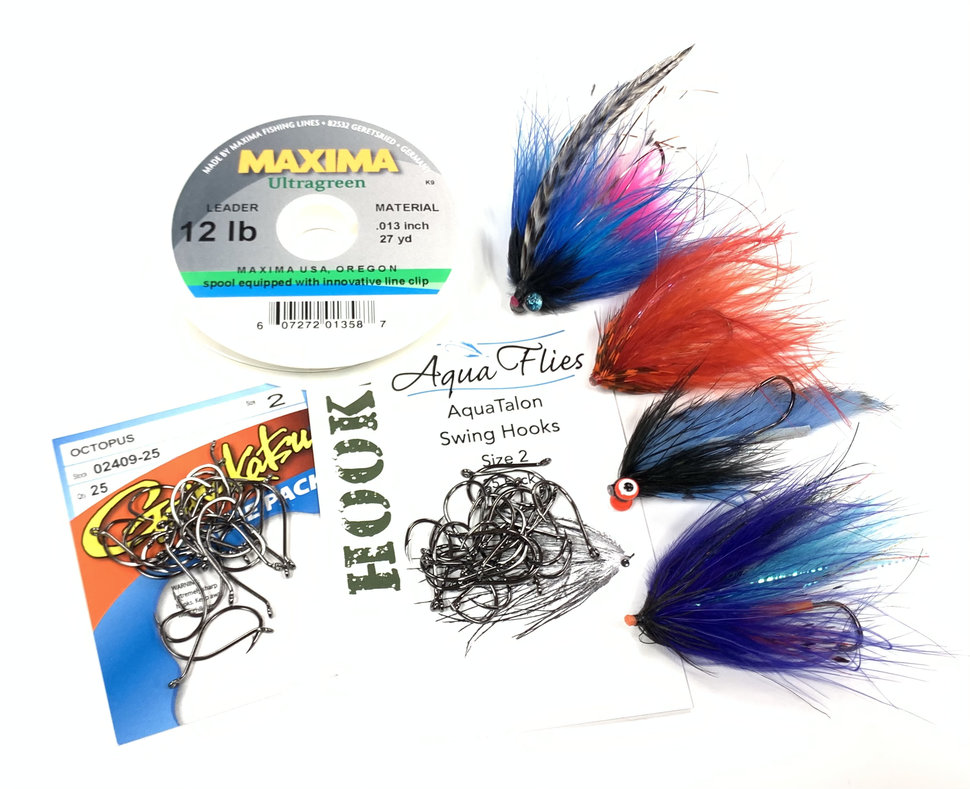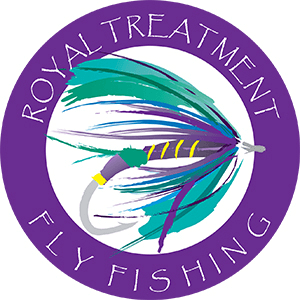Rigging Tube Flies

Tube flies are mysterious and confusing and we get a lot of questions regarding how to rig them and why to fish them. Hopefully, we will be able to answer some of your questions.
Why should I use a tube fly?
How do you tie the leader on?
How do you rig these?
Are they better than a trailer hook fly?
Tube Flies aren’t a new thing, in fact, they’ve been around for quite some time. Tube flies were originated in Aberdeen, Scotland by fly-dresser Minnie Morawski for Atlantic salmon anglers around 1945. The Tube fly style was quickly adopted in the Pacific Northwest for Steelhead and Salmon. And the rest they say is history.
I’ve been fishing tube flies for at least 20 years and have great success with them and have caught trout, steelhead, all species of salmon, and Atlantic salmon with them. I don’t exclusively fish tube flies but they definitely have a prominent place in my lineup.
When I’m thinking about choosing a fly the first thing I need to decide on is if I need a deep fishing or a shallow fishing fly. Flies tied on metal shanks with trailing hooks inherently fish deeper, add a set of large barbell eyes and you have the makings of a deep fishing fly. Shank flies have the ability to fish deeper as they are typically thinner and denser as they are tied on a metal shank. Tube flies are typically tied on hollow plastic tubes. The plastic tubes are neutrally buoyant, and because they are hollow they tend to trap a little air inside of them. So typically if I want a more shallow fishing fly I fish a tube and for fishing the deepest slots I typically use a shank.
The other thing that I really like about the tube is the hook situation, when I say the situation there’s not just one thing. With the tube fly it’s easy to adjust where the hook rides, you can make it ride further back especially if the fly is bigger. Also if you need to change out the hook it’s very easy as it’s just tied to the leader. Unlike the stinger fly where the hook is attached with a wire loop that can be hard to swap out in the field. Not to mention sometimes the wire can get linked and stop the hook from riding properly. If that happens with the tube you just tie on a new leader or straighten it out
Check out the video below for a few different ways to rig up tube flies.
If you haven’t tried fishing a tube fly yet there’s no better time than the present.
Here are links to some of the products in the video




